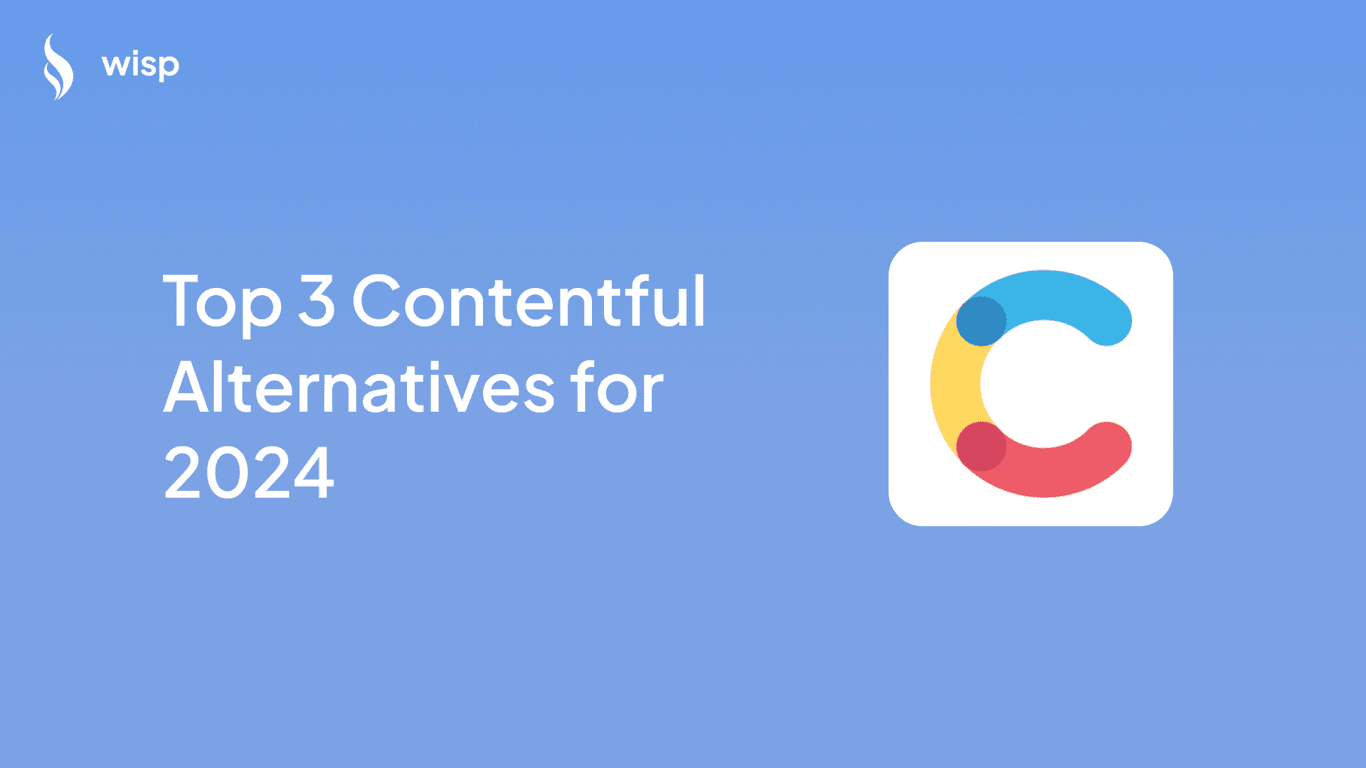
Introduction
ContentLayer has been a popular choice for developers looking to manage content as data, especially in Next.js applications. However, as with any tool, it has its share of pain points that have led users to seek alternatives.
In this article, we'll explore the top three alternatives to ContentLayer for 2024, each offering unique features and addressing common complaints from ContentLayer users.
Common Pain Points with ContentLayer
Issue with Live Reloading in Next.js
One of the most frequent complaints among ContentLayer users is the issue with live reloading in Next.js applications. Users report that changes to content often result in the application reloading and rendering the home page instead of the current page. Additionally, the page loses its scroll position upon reload, which can be frustrating for developers working on long content pages.
Source: GitHub Issue #109
Maintenance and Updates Concerns
Another significant issue is the maintenance of ContentLayer. Users have raised concerns about the delays in updates and the lack of support for newer versions of Next.js. This has led to a situation where many projects using ContentLayer are stuck with outdated dependencies, affecting overall project health.
Source: GitHub Issue #651
Compatibility Issues with Next.js
Lastly, compatibility issues with the latest versions of Next.js have been a thorn in the side of many developers. There have been reports of ContentLayer being incompatible with Next.js 13.3, causing build issues and disrupting development workflows.
Source: GitHub Issue #415
Top 3 Alternatives to ContentLayer
1. Wisp CMS
Wisp CMS is a delightfully simple blogging CMS designed to provide a first-class editorial experience. It goes beyond just managing content by making the entire process of creating, managing, and delivering content a delightful experience for everyone involved.
Pros of Wisp CMSSimple Setup for Developers: Wisp CMS offers a seamless headless CMS architecture, powerful Content API, and easy integration with Next.js and other JavaScript frameworks.
Delightful Experience for Writers: Writers can enjoy a clean, focused writing environment, simple drag-and-drop image uploads, and powerful slash commands similar to those in Notion.
Global Content Delivery: Wisp CMS provides lightning-fast edge API, global Cloudflare CDN for serving images, and SEO optimization.
Limited Use Cases: Wisp CMS is primarily designed for blogging, which may not be suitable for all types of content management needs.
Wisp CMS addresses several of the pain points associated with ContentLayer. It offers fast updates and robust support, ensuring compatibility with the latest versions of frameworks like Next.js. The seamless integration and easy setup also reduce the development overhead.
Try wisp outLearn more about Wisp at Wisp Blog
Try the distraction-free editor at Try Wisp Editor
Fork our Next.js blog template at Next.js Blog Starter Kit
2. Sanity.io
Sanity.io is a headless CMS that provides real-time collaboration, scalable content models, and an intuitive user interface. It's designed to handle a variety of content management needs and is known for its flexibility and powerful features.
Pros of Sanity.ioReal-Time Collaboration: Teams can collaborate in real-time, making it ideal for large projects with multiple contributors.
Scalable and Flexible: Sanity's content models can scale with the needs of the project, allowing for complex content structures.
User-Friendly Interface: The intuitive interface makes it easier for both developers and content creators to manage content.
Steeper Learning Curve: New users may find it challenging to get started due to its advanced features and flexibility.
Sanity.io offers active maintenance and frequent updates, ensuring that users have access to the latest features and compatibility with new frameworks. Its strong community support also means that any issues can be quickly addressed.
Try SanityExplore Sanity at Sanity.io
3. Strapi
Strapi is an open-source, self-hosted headless CMS that provides extensive customization options through its plugin ecosystem. It supports both RESTful and GraphQL APIs, making it a versatile choice for various projects.
Pros of StrapiSelf-Hosted and Open-Source: Users have full control over their CMS installation, including customization and data ownership.
Extensive Plugin Ecosystem: Strapi's plugin ecosystem allows for significant customization and extension of functionalities.
Flexible APIs: Supports both RESTful and GraphQL APIs, offering flexibility in how data is managed and queried.
Requires More Setup and Maintenance: Because it's self-hosted, users need to handle their own setup, hosting, and maintenance, which can be time-consuming.
Strapi offers frequent updates and a robust community, ensuring that compatibility and support are not issues. Its flexibility and extensive documentation make it a strong alternative for developers looking for a customizable CMS solution.
Try StrapiGet started with Strapi at Strapi.io
Conclusion
Choosing the right CMS is crucial for the success of your project. With the common issues faced by ContentLayer users, exploring alternatives like Wisp CMS, Sanity.io, and Strapi can provide a more robust and enjoyable content management experience. Each of these alternatives offers unique features and advantages that address the pain points of ContentLayer, ensuring smoother development and content management workflows.
If you are looking to add a blog to your site:
Learn more about Wisp at wisp.blog
Try the distraction-free editor at wisp.blog/try-editor
Fork our Next.js blog template at wisp.blog/docs/next-js-blog-starter-kit/overview



